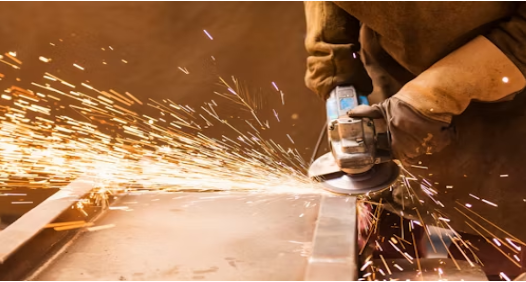The successful execution of large-scale construction projects hinges on the meticulous planning and precise implementation of various specialized processes.
Among these, plate fabrication stands out as a critical element, providing the foundational components for a wide array of structural and functional applications.
This article will explore the multifaceted role of plate fabrication in contemporary construction endeavors, from its initial stages to its lasting impact on project integrity and efficiency.
The Foundation of Structural Integrity
Plate fabrication is indispensable for creating robust and reliable structural frameworks. From the I-beams and channels that form the backbone of high-rise buildings to the custom-designed plates used in bridge construction, the accurate cutting, shaping, and welding of metal plates are paramount.
This precision ensures that structures can withstand significant loads, environmental stresses, and seismic activity, guaranteeing long-term safety and stability.Without expertly crafted fabricated plates, the very integrity of a construction project would be compromised.
Customization for Complex Designs
Modern architecture and engineering often demand intricate and unique designs that cannot be met by off-the-shelf components.
This is where the flexibility of plate fabrication truly shines. It allows for the creation of custom-sized and custom-shaped plates tailored to the specific requirements of a project.
Whether it’s a curved façade panel, a specially reinforced base plate for heavy machinery, or a uniquely designed connector, plate fabrication enables architects and engineers to translate their innovative visions into tangible reality, pushing the boundaries of what is structurally possible.
Enhancing Project Efficiency and Speed
The ability to pre-fabricate components off-site significantly accelerates the construction timeline. By having precisely fabricated plates delivered to the construction site ready for assembly, on-site labor can focus on installation rather than time-consuming cutting and shaping.
This streamlined approach reduces potential delays, minimizes waste, and optimizes resource allocation. The efficiency gained through optimized plate fabrication translates directly into faster project completion and reduced overall costs.
Versatility Across Applications
The applications of plate fabrication extend far beyond core structural elements. It plays a vital role in the creation of various non-structural components as well.
This includes the fabrication of durable enclosures for mechanical systems, custom ductwork for HVAC systems, access platforms, stairways, and even decorative architectural features.
The versatility of plate fabrication ensures that a wide range of project needs can be met with tailor-made solutions, contributing to both the functionality and aesthetics of the final structure.
Quality Control and Durability
The quality of plate fabrication directly impacts the longevity and performance of the entire construction project. Rigorous quality control measures, including material testing, precise dimensioning, and thorough weld inspections, are integral to the fabrication process.
This commitment to quality ensures that all fabricated plates meet stringent industry standards and specifications, leading to components that are not only strong but also resistant to corrosion, fatigue, and other forms of degradation over time.
This meticulous attention to detail during plate fabrication contributes significantly to the overall durability and lifespan of the constructed asset.
Cost-Effectiveness through Precision
While initial investments in specialized equipment for plate fabrication can be substantial, the long-term cost-effectiveness is undeniable. Precision fabrication minimizes material waste, reduces the need for costly rework on-site, and optimizes labor efficiency.
The ability to produce components with exact specifications the first time around prevents costly errors and delays.
This intelligent approach to resource management, facilitated by advanced plate fabrication techniques, ultimately contributes to a more economically viable and sustainable construction project.

